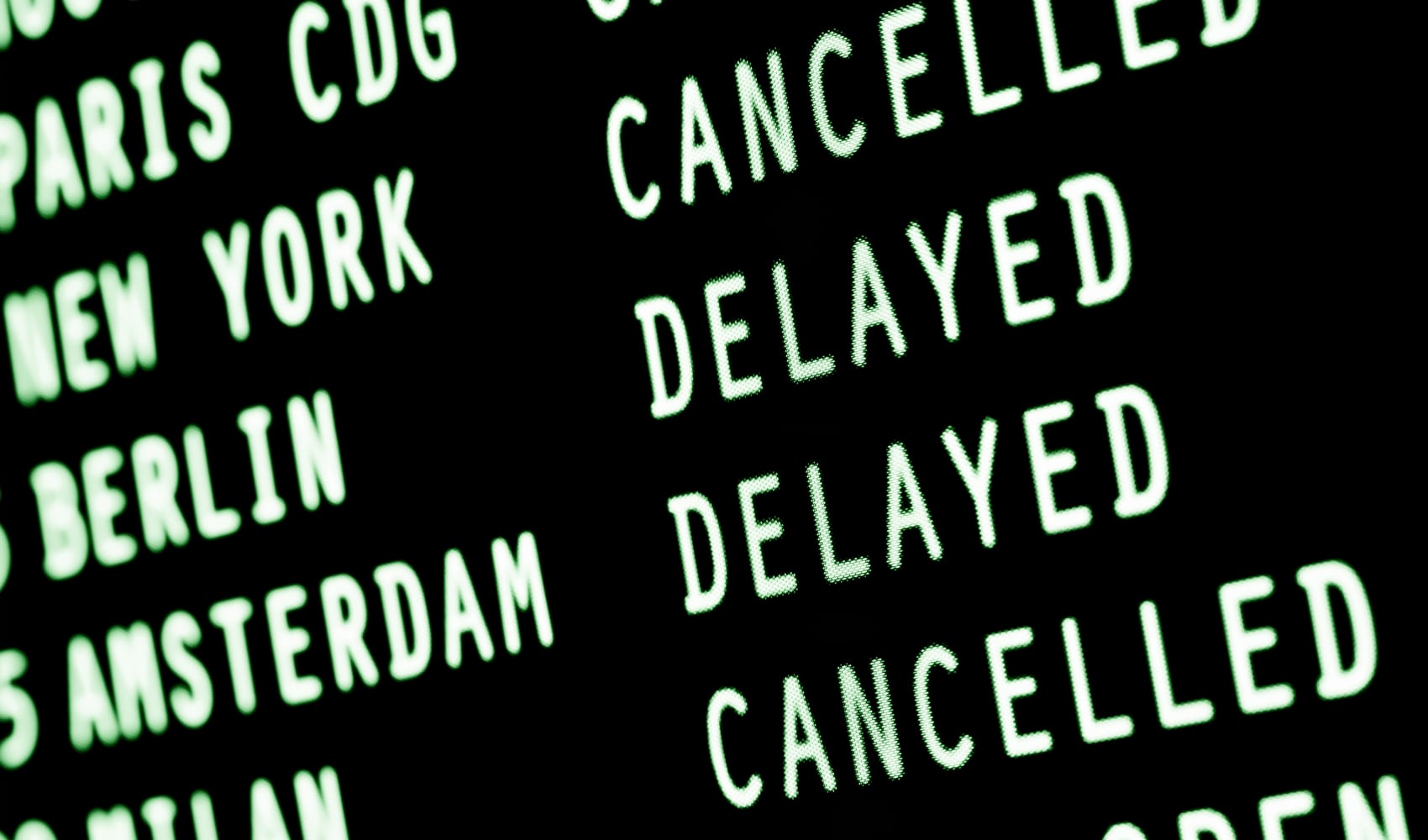Groundwater pumping amid California’s historic drought may be affecting earthquakes along the San Andreas fault, according to a new study.
The pumping, which has been going on for decades in the usually fertile San Joaquin Valley, is now leading to an increase in temblors in the area, according to the study, spearheaded by Western Washington University, which was published in the science journal Nature.
"As the valley is going down, you are unclamping the San Andreas fault,” said Dr. Susan Hough of the U.S. Geological Survey. "When you take out the water, it’s the weight of the water that is affecting the crust and the faults.”
- Running Dry: Drought Maps, Timeline
The study suggests that while the Central Valley is sinking, the mountain ranges that surround it are climbing.
Hough said adding water to a fault zone can also alter an earthquake fault.
"If a big reservoir in particular is filled up, that can sometimes induce earthquakes, and we've seen some quite damaging earthquakes as a result of reservoirs being filled,” Hough said.
U.S. & World
News from around the country and around the globe
Altogether though, Hough said that while groundwater pumping and reservoirs may cause temblors to happen more quickly than normal, chances are the quakes were going to happen at some point anyway.
"An earthquake that is induced is going to happen anyway. If you hasten it a little bit, maybe it will happen in September instead of January, but it’s not really a game changer,” Hough said.



